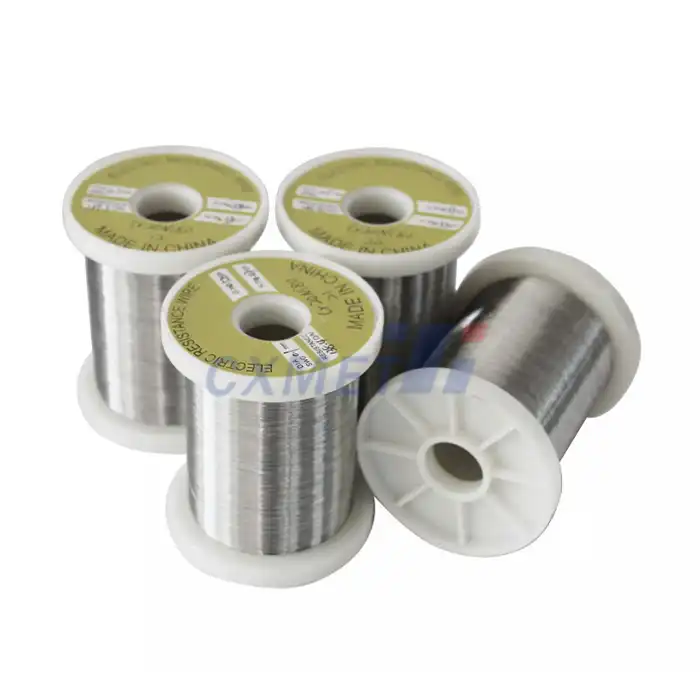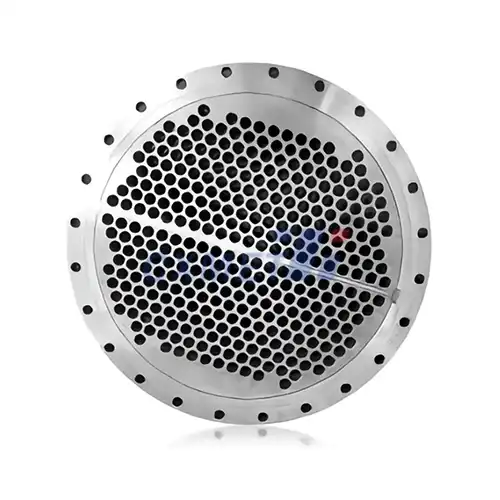- English
- French
- German
- Portuguese
- Spanish
- Russian
- Japanese
- Korean
- Arabic
- Greek
- German
- Turkish
- Italian
- Danish
- Romanian
- Indonesian
- Czech
- Afrikaans
- Swedish
- Polish
- Basque
- Catalan
- Esperanto
- Hindi
- Lao
- Albanian
- Amharic
- Armenian
- Azerbaijani
- Belarusian
- Bengali
- Bosnian
- Bulgarian
- Cebuano
- Chichewa
- Corsican
- Croatian
- Dutch
- Estonian
- Filipino
- Finnish
- Frisian
- Galician
- Georgian
- Gujarati
- Haitian
- Hausa
- Hawaiian
- Hebrew
- Hmong
- Hungarian
- Icelandic
- Igbo
- Javanese
- Kannada
- Kazakh
- Khmer
- Kurdish
- Kyrgyz
- Latin
- Latvian
- Lithuanian
- Luxembou..
- Macedonian
- Malagasy
- Malay
- Malayalam
- Maltese
- Maori
- Marathi
- Mongolian
- Burmese
- Nepali
- Norwegian
- Pashto
- Persian
- Punjabi
- Serbian
- Sesotho
- Sinhala
- Slovak
- Slovenian
- Somali
- Samoan
- Scots Gaelic
- Shona
- Sindhi
- Sundanese
- Swahili
- Tajik
- Tamil
- Telugu
- Thai
- Ukrainian
- Urdu
- Uzbek
- Vietnamese
- Welsh
- Xhosa
- Yiddish
- Yoruba
- Zulu
Can Molybdenum Crucibles be Used in the Production of Solar Panels or Semiconductors?
2025-04-10 15:47:43
Molybdenum crucibles have garnered significant attention in the production of solar panels and semiconductors due to their unique properties and potential advantages. These crucibles, made from the metallic element molybdenum, offer high-temperature resistance, excellent thermal conductivity, and chemical stability, making them potentially suitable for various manufacturing processes in the solar and semiconductor industries. In this blog post, we will explore the use of molybdenum crucibles in these applications, addressing key questions and considerations.
|
|
|
What are the advantages of using molybdenum crucibles in solar panel production?
Molybdenum crucibles offer several advantages in the production of solar panels, particularly in the growth of silicon crystals used in photovoltaic cells. The high melting point of molybdenum (2,623°C or 4,753°F) allows these crucibles to withstand the extreme temperatures required for silicon crystal growth, which typically occurs at temperatures around 1,400°C (2,552°F).
One of the primary advantages of using molybdenum crucibles in solar panel production is their excellent thermal conductivity. This property ensures uniform heat distribution during the crystal growth process, resulting in higher-quality silicon ingots with fewer defects. The improved crystal quality translates to more efficient solar cells, ultimately leading to better-performing solar panels.
Another significant advantage is the chemical stability of molybdenum at high temperatures. Unlike some other crucible materials, molybdenum does not react with molten silicon, minimizing contamination of the crystal during growth. This purity is crucial for maintaining the electrical properties of the silicon, which directly impacts the efficiency of the resulting solar cells.
Molybdenum crucibles also exhibit good mechanical strength and dimensional stability at elevated temperatures. This characteristic helps maintain the crucible's shape during the crystal growth process, ensuring consistency in the shape and size of the silicon ingots produced. The dimensional stability of molybdenum crucibles contributes to improved yield and reduced production costs in solar panel manufacturing.
Furthermore, molybdenum crucibles have a relatively long lifespan compared to some alternative materials. Their durability allows for multiple use cycles, reducing the frequency of crucible replacements and associated production downtime. This longevity contributes to cost savings and increased productivity in solar panel production facilities.
The use of molybdenum crucibles also aligns with the industry's push for more sustainable manufacturing practices. As molybdenum is recyclable, used crucibles can be reprocessed, reducing waste and the environmental impact of solar panel production. This recyclability factor adds to the overall sustainability of the solar energy industry.
How do molybdenum crucibles compare to quartz crucibles in semiconductor manufacturing?
In semiconductor manufacturing, the choice of crucible material is critical to the quality and performance of the final product. Both molybdenum and quartz crucibles have their place in this industry, each offering distinct advantages and limitations. Understanding the comparison between these two materials is essential for optimizing semiconductor production processes.
Molybdenum crucibles excel in high-temperature applications, making them suitable for processes that require extreme heat. Their superior thermal conductivity allows for more precise temperature control during semiconductor crystal growth, resulting in improved crystal quality and uniformity. This advantage is particularly notable in the production of compound semiconductors, where temperature gradients can significantly impact material properties.
In contrast, quartz crucibles are widely used in the semiconductor industry, especially for silicon crystal growth. Quartz offers excellent purity and chemical inertness, which is crucial for preventing contamination in silicon wafers. However, quartz has limitations in terms of maximum operating temperature and thermal shock resistance compared to molybdenum.
One area where molybdenum crucibles outperform quartz is in their ability to withstand thermal cycling. Semiconductor manufacturing often involves repeated heating and cooling cycles, which can cause stress and potential failure in quartz crucibles. Molybdenum's superior thermal shock resistance and mechanical strength make it more durable under these conditions, potentially reducing production interruptions and improving overall efficiency.
However, quartz crucibles maintain an advantage in terms of cost and availability. Quartz is generally less expensive than molybdenum, making it a more economical choice for large-scale production. Additionally, quartz crucibles are more readily available in various sizes and shapes, offering greater flexibility in manufacturing setups.
When it comes to chemical compatibility, both materials have their strengths. Molybdenum is resistant to many corrosive substances and does not react with most molten metals, making it suitable for a wide range of semiconductor materials. Quartz, on the other hand, is particularly well-suited for silicon processing due to its chemical inertness with silicon melts.
The choice between molybdenum and quartz crucibles often depends on the specific requirements of the semiconductor manufacturing process. For high-temperature applications or those involving materials that may react with quartz, molybdenum crucibles are often preferred. In silicon-based semiconductor production, quartz remains the dominant choice due to its proven track record and compatibility with established processes.
As the semiconductor industry continues to evolve, with new materials and more demanding processes being developed, the role of molybdenum crucibles may expand. Their ability to handle extreme conditions makes them particularly interesting for emerging technologies in compound semiconductors and advanced electronic materials.
|
|
|
What are the challenges in using molybdenum crucibles for solar and semiconductor applications?
Whereas molybdenum pots offer various points of interest in sun based board and semiconductor generation, they too show a few challenges that must be tended to for ideal utilize in these businesses. Understanding and overcoming these challenges is vital for maximizing the benefits of molybdenum pots in high-tech fabricating processes.
One of the essential challenges in utilizing molybdenum pots is their potential for oxidation at tall temperatures in the nearness of oxygen. When uncovered to discuss at lifted temperatures, molybdenum can frame unstable oxides, driving to debasement of the pot and potential defilement of the dissolve. To moderate this issue, producers must guarantee a controlled climate amid the generation prepare, regularly utilizing idle gasses or vacuum conditions. This necessity for a controlled environment can include complexity and fetched to the fabricating setup.
Another critical challenge is the introductory taken a toll of molybdenum cauldrons. Compared to a few elective materials, molybdenum can be more costly, which may affect the in general generation costs, particularly for smaller-scale operations or new companies. In any case, this higher forthright fetched ought to be adjusted against the longer life expectancy and potential for progressed item quality that molybdenum cauldrons offer.
The weight of molybdenum cauldrons can moreover posture challenges in taking care of and gear plan. Molybdenum has a tall thickness, making expansive pots very overwhelming. This weight can require specialized taking care of gear and may restrain the greatest estimate of cauldrons that can be for all intents and purposes utilized in a few generation setups. Producers must carefully consider these components when planning their generation lines and choosing cauldron sizes.
In a few applications, especially in semiconductor fabricating, the potential for molybdenum defilement in the last item is a concern. Whereas molybdenum is by and large steady and non-reactive, follow sums of the metal may possibly relocate into the liquefy beneath certain conditions. This chance requires cautious prepare control and may require extra decontamination steps to guarantee the last item meets the exacting virtue prerequisites of the semiconductor industry.
The machining and shaping of molybdenum pots can too display challenges. Molybdenum is a moderately difficult and delicate metal, which can make it troublesome to shape into complex shapes. This impediment may limit the extend of pot plans accessible or increment the fetched of custom-shaped cauldrons. Progresses in fabricating procedures, such as powder metallurgy and progressed machining forms, are making a difference to address this challenge, but it remains a thought in pot choice and design.
For sun powered board generation, one particular challenge is the potential for silicon to damp and follow to the molybdenum surface beneath certain conditions. This can make it troublesome to evacuate the set silicon ingot from the cauldron after the development prepare. Producers have created different coatings and surface medications for molybdenum cauldrons to address this issue, but finding the ideal arrangement can require noteworthy inquire about and advancement effort.
Despite these challenges, the special properties of molybdenum proceed to make it an alluring choice for cauldrons in sun powered and semiconductor applications. Continuous investigate and advancement endeavors are centered on tending to these restrictions, making strides cauldron plans, and creating unused surface medicines and coatings to upgrade execution. As the businesses advance and request for high-performance materials develops, the part of molybdenum cauldrons is likely to extend, driving advance development in their generation and application.
Conclusion
Molybdenum crucibles have proven to be valuable tools in the production of solar panels and semiconductors, offering unique advantages such as high-temperature resistance, excellent thermal conductivity, and chemical stability. While they face challenges including oxidation risks, higher initial costs, and handling difficulties due to their weight, the benefits they provide in terms of product quality and process efficiency often outweigh these drawbacks. As the solar and semiconductor industries continue to advance, molybdenum crucibles are likely to play an increasingly important role, particularly in high-temperature and specialized applications. Ongoing research and development efforts are expected to further enhance their performance and address current limitations, solidifying their position as a crucial component in the manufacture of next-generation solar and semiconductor technologies.
At SHAANXI CXMET TECHNOLOGY CO., LTD, we take pride in our extensive product range, which caters to diverse customer needs. Our company is equipped with outstanding production and processing capabilities, ensuring the high quality and precision of our products. We are committed to innovation and continuously strive to develop new products, keeping us at the forefront of our industry. With leading technological development capabilities, we are able to adapt and evolve in a rapidly changing market. Furthermore, we offer customized solutions to meet the specific requirements of our clients. If you are interested in our products or wish to learn more about the intricate details of our offerings, please do not hesitate to contact us at sales@cxmet.com. Our team is always ready to assist you.
|
|
|
References
1. Fthenakis, V. M., & Kim, H. C. (2011). Photovoltaics: Life-cycle analyses. Solar Energy, 85(8), 1609-1628.
2. Scheel, H. J., & Fukuda, T. (Eds.). (2003). Crystal growth technology. John Wiley & Sons.
3. Capper, P., & Mauk, M. (Eds.). (2007). Liquid phase epitaxy of electronic, optical and optoelectronic materials. John Wiley & Sons.
4. Grundmann, M. (2010). The physics of semiconductors: an introduction including nanophysics and applications. Springer Science & Business Media.
5. Green, M. A. (2016). Commercial progress and challenges for photovoltaics. Nature Energy, 1(1), 1-6.
6. Wieser, M. E., & Berglund, M. (2009). Atomic weights of the elements 2007 (IUPAC Technical Report). Pure and Applied Chemistry, 81(11), 2131-2156.










